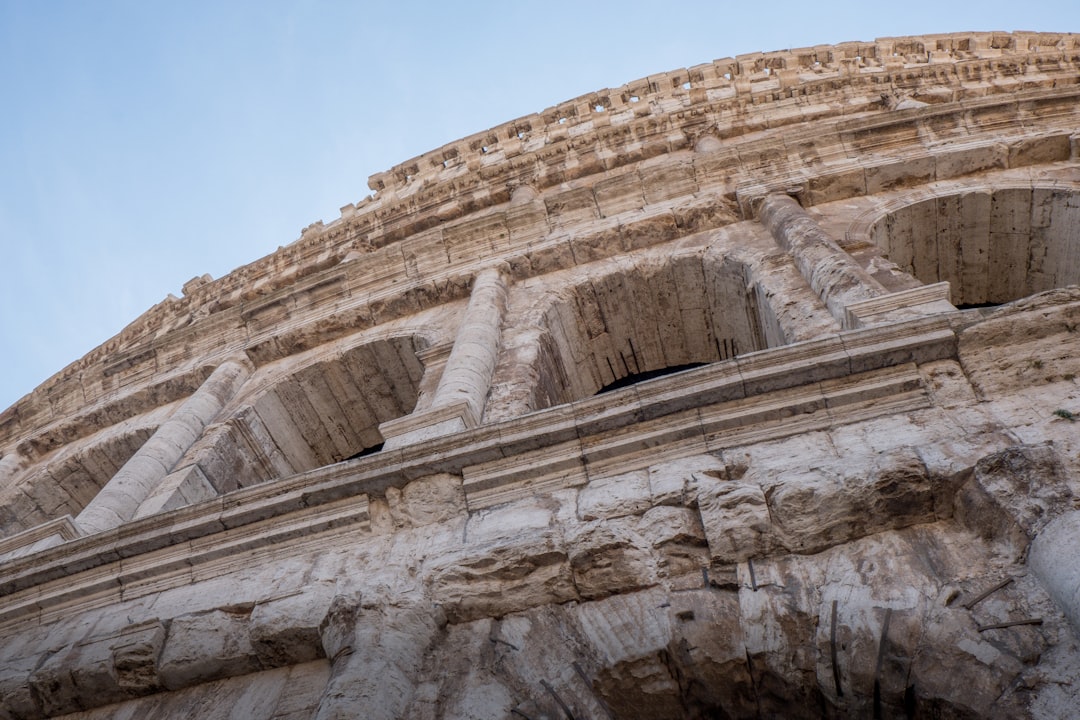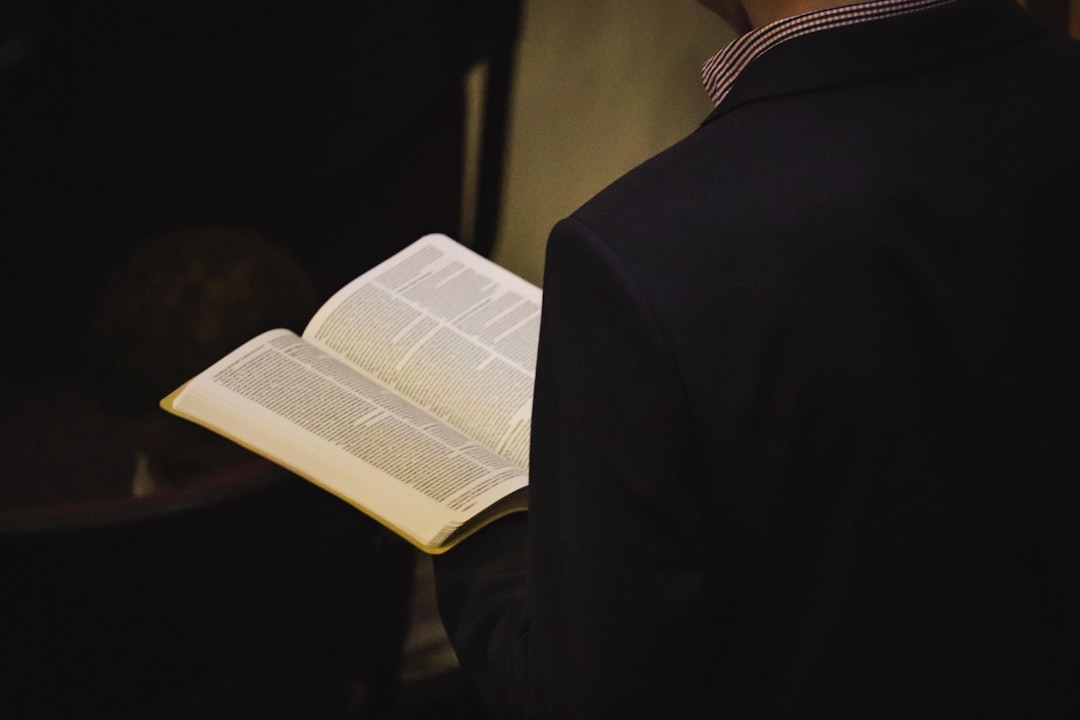What is it about?
In 680 CE, the inhabitants of Kufa asked Husayn ibn Ali, the grandson of the Prophet Muhammad, to come and lead them in an insurrection against the Umayyad authorities. However, while he travelled there, many of his previous followers in the town turned against him, sided with the Umayyad army, and participated in killing him. Others stayed in Kufa, but did nothing to help him in his desperate fight. In the present study, the story of the Penitents (Ar. Tawwābūn) is the focus of investigation. It relates how some of the men that had invited Husayn to Kufa, but then failed to support him, felt great guilt to God for their treacherous behaviour. They decided to take revenge for the death of Husayn, or to die in the attempt to do so. They were ultimately defeated (in 685), but regarded their deaths as martyrdom for the sake of true Islam. The article begins by giving an overview over previous research; an overview which concludes that although most scholars postulate its early date, no one has really argued for this. Following this, I have analysed a part of the story – the Penitents' visit at Husayn's grave at Karbala – by means of historical-critical methods and found that at least this part of the story originates as early as the beginning of the 8th century, if not earlier. Furthermore, through the application of theories of myth and ritual, I have also demonstrated that rudiments of several essential elements in later Shiism are found in the text.
Featured Image
Why is it important?
The purpose of the project of which the present study is a part, is to trace the early growth of the image of Husayn b. Ali and the story of his death at Karbala. The emerging myth about his killing at Karbala in 680 CE as well as the growing image of him as a person that transcends the ordinary human, and the cult connected with him, were important factors in the shaping of early Shiite identity. The story of the Penitents gives an excellent view of the Karbala story as a myth in the making, and shows early signs of the crystallisation of Shiite identity.
Read the Original
This page is a summary of: The Date of the Story of the Tawwābūn, Studia Islamica, October 2017, Brill,
DOI: 10.1163/19585705-12341357.
You can read the full text:
Resources
Contributors
Be the first to contribute to this page










